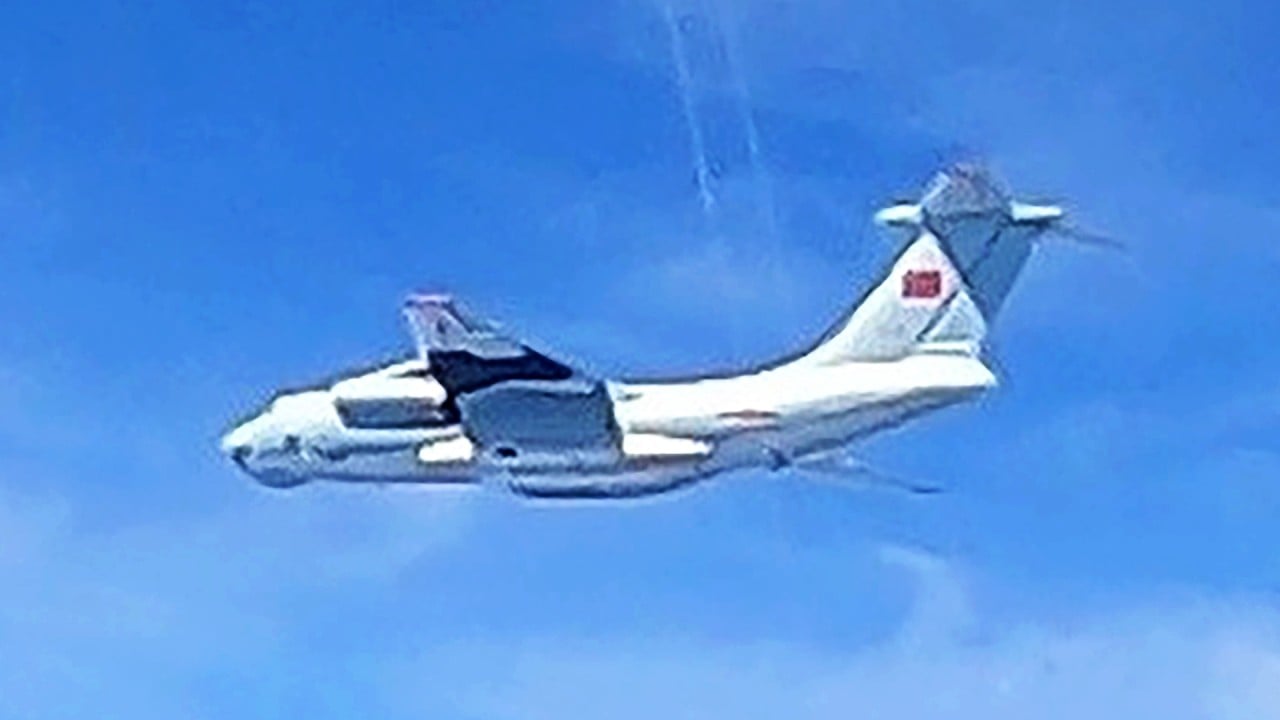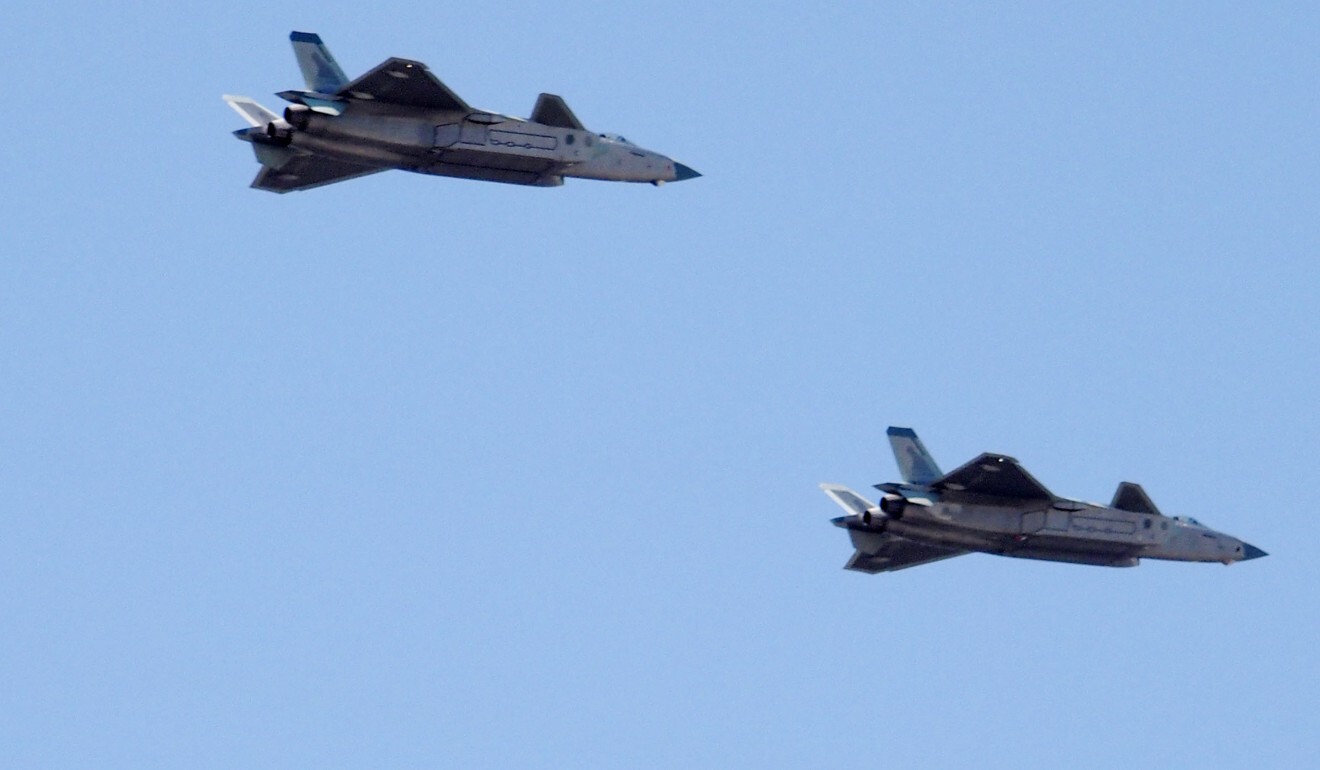
Chinese army faces problems in weapons innovation, relying on foreign acquisitions, US study finds
- Rand Corporation calls China the ‘clear pacing threat’ to the US in terms of military capability but says much progress comes from intellectual property theft
- A reliance on IP theft left Chinese weapons systems ‘several years’ behind the US, researchers concluded
China’s military has overcome numerous technological challenges to chip away at the United States’ supremacy in recent years, but continues to be stymied by lagging domestic innovation and corruption in its defence industry, according to a US government-financed study released on Wednesday.
The report by the Rand Corporation identified China as the “clear pacing threat” to the US in terms of investment in military capabilities but found that much of its progress was the result of intellectual property theft, foreign acquisitions and joint ventures.
The Rand Corporation is a security-focused research group based in California that receives around 80 per cent of its funding from various federal agencies. The new report was sponsored by and prepared for the US Army.

01:58
Malaysia to summon Chinese envoy after airspace ‘intrusion’
Its assessment comes on the heels of a Pentagon review of its China policy, and as the Biden administration accelerates efforts to prevent American technology from contributing to China’s military advancements.
Contending that China had failed to spur military innovation of its own, the Rand report cited three key deficiencies confronting the People’s Liberation Army (PLA): high-end semiconductors, stealthy submarines and aircraft engines.
A reliance on IP theft has left Chinese weapons systems “several years” behind their US counterparts, researchers concluded, noting striking similarities between China’s J-20 and J-31 jet fighters and Lockheed Martin’s F-22 and F-35 aircraft, respectively.
In response to questions about the Rand report, a representative for the Chinese embassy in Washington said that the US had “never produced any solid evidence for its repeated allegations about China’s ‘theft of intellectual property’,” and said the country was “stepping up efforts in science and technology innovation and intellectual property protection.”
US-China rivalry: who has the stronger military?
In 2016, the US convicted and imprisoned a Chinese national over efforts to obtain sensitive military information, including data relating to the F-22 and F-35, as well as Boeing’s C-17 military cargo plane.
Aircraft engines have long been a bottleneck in China’s military advances, with turbine blade technology in particular proving to be a persistent problem.
The PLA’s highly prized J-20 stealth aircraft, for instance, relied on Russian engines that left it underpowered. While the aircraft now uses a home-built WS-10 engine as a stopgap choice, the development of a high-performing, custom-built engine has been delayed due to the coronavirus pandemic.
“Successfully developing an indigenous aircraft engine and producing it in large quantities will signal a turning point in the capabilities of the Chinese defence industry,” the Rand researchers wrote.

The Chinese embassy’s representative said that China was “committed to the path of peaceful development and takes a defence policy that is defensive in nature.”
“It is hoped that the US side will discard its Cold-War mentality and bias, view China’s military development in an objective and rational way, and take concrete actions to ensure the sound and stable development of China-US relations, including the military-to-military relations,” they added.
Rand’s report comes just days after the Biden administration added several Chinese companies to a blacklist over alleged ties to China’s military-industrial complex. The companies’ addition to the Commerce Department “entity list” prevents US suppliers from selling products to them without express government approval.
The move was characteristic of an administration that has largely maintained – and in some areas escalated – pressures on China that had grown during former president Donald Trump’s tenure. Biden himself has characterised competition between the US and China as a “battle” to win the century.
China deploys J-20 stealth fighter jets to units monitoring Taiwan Strait
Despite that, Republicans have continued to claim that Biden is maintaining a weak China policy; Trump’s former vice-president Mike Pence on Wednesday called for the Pentagon to “significantly increase the readiness” of the US Navy to defend American interests in the South China Sea.
A recently concluded Department of Defence review of its China policy – most of the findings of which were kept secret – acknowledged that there were “some things that we could be doing better”, according to a Pentagon spokesman.
In the Rand report, the researchers also attributed Chinese defence shortcomings to corruption and inadequate oversight of military contractors, which – unlike the US – are generally state-owned.

01:40
Chinese PLA officers charged with stealing personal data of Americans in Equifax credit agency hack
Inspectors were often recent graduates with “minimal technical training”, impeding their ability to scrutinise contractors’ development of advanced technologies, researchers wrote. Moreover, they were paid by the entities they were overseeing rather than directly by the military, raising the prospect of conflicts of interest.

